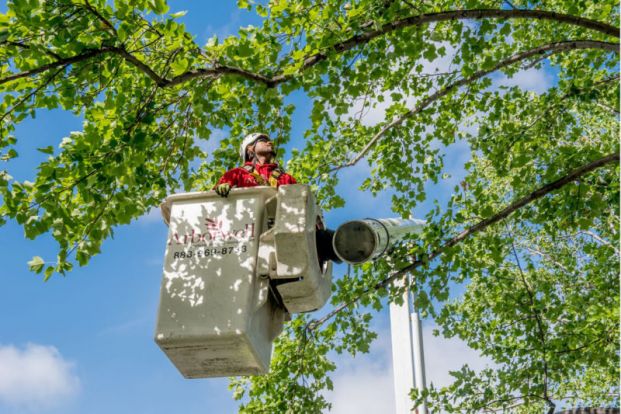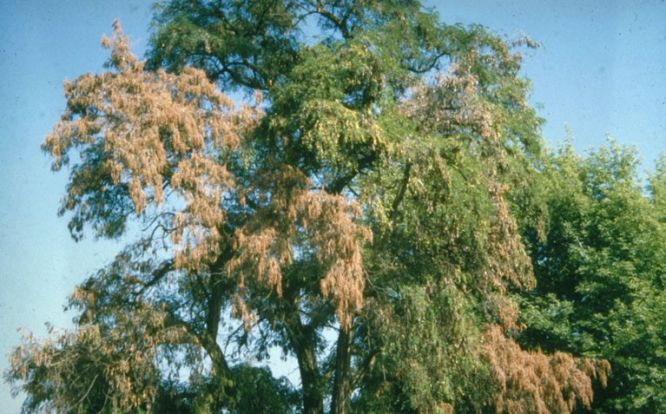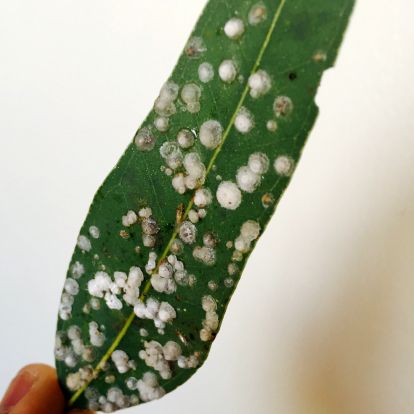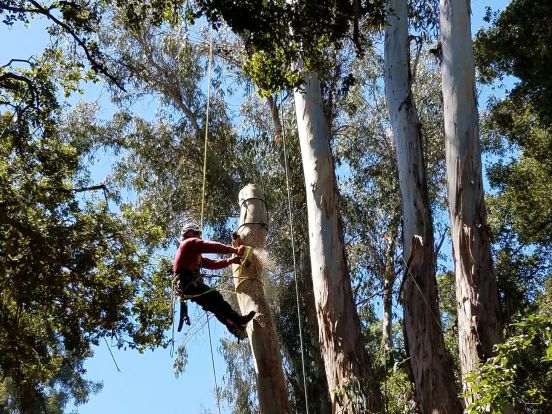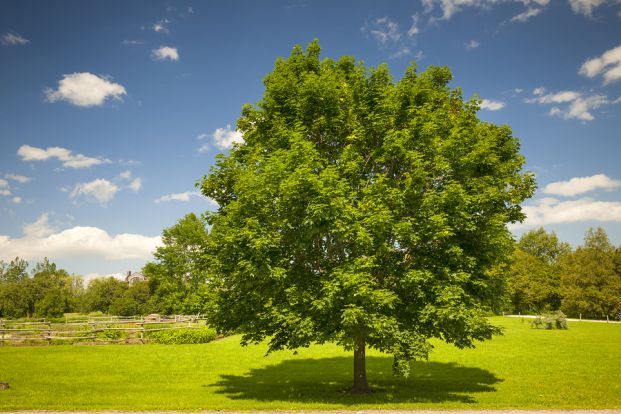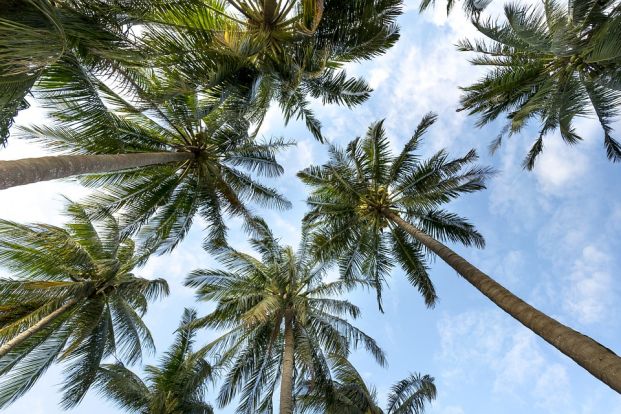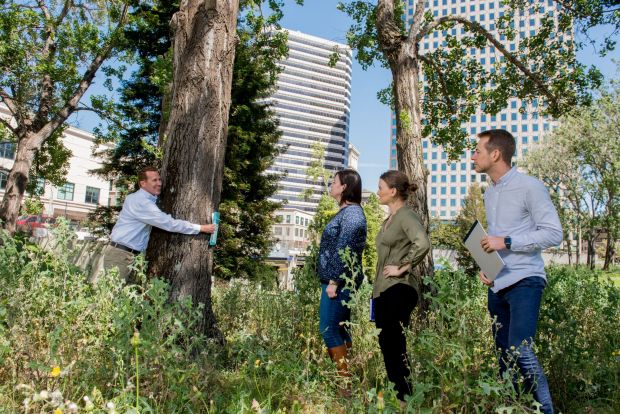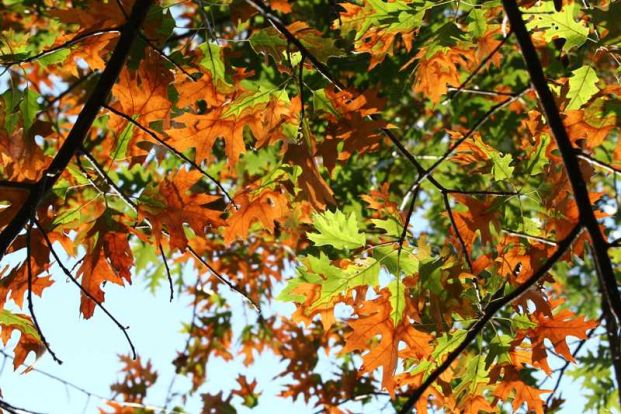Mature Tree Pruning
Mature Tree Pruning: Essentials for Proper Care
Mature landscape trees require meticulous care to remain healthy, structurally sound, and beautiful. Unfortunately, many well-meaning property owners unknowingly damage established trees, shortening their lifespan with improper tree pruning techniques. Older trees have unique needs. To ensure the optimal health of large trees and maintain the aesthetics and value of your commercial property, it is crucial to learn these mature tree pruning essentials.
Proper Pruning Requires Arborist Expertise
Our arborists perform tree pruning with a thorough understanding of tree biology. We know that each cut impacts and potentially changes the growth of a tree, so no branch should be removed without good reason. Because trees store sugar within their dense crown of leaves, we are also cautious of over-trimming that could rob a tree of nutrient reserves, causing significant stress.
Reasons to Prune Your Landscape Trees
Routine thinning does not necessarily improve tree health. Instead, landscape managers should trim trees to correct existing problems or prevent issues from occurring. When should you prune your large trees?
- Aesthetics
Trimming can improve the form and enhance the beauty of your trees. - Cleaning
Removing dead, diseased, or weakly attached branches reduces cleanup on your property and prevents potential damage and injury. - Thinning
Thinning branches can increase the ability of light and air to filter through the tree canopy to the ground below. - Clearance
If your trees do not leave adequate, safe clearance around landscape features such as buildings, walkways, roadways, and electric lines, it is beneficial to trim them.
When to Prune
It is safe to prune the trees on your Sacramento, Peninsula/Los Altos, Palo Alto, Burlingame, Hillsborough, or Redwood City property at any time of the year. However, our certified arborists know that trees heal better following pruning procedures performed before the spring growth flush. We avoid the heavy pruning of trees after this growth because your trees have spent a great deal of energy producing it, and heavy pruning at this time can cause significant stress, particularly in weak trees.
Our knowledgeable team understands that mature trees do not tolerate heavy trimming as well as younger trees, taking care to remove no more than 25% of the crown, or less, depending on age. When making cuts, we are mindful of making clean cuts without damaging bark, while protecting the branch collar, and subsequently, trunk tissue, upholding the tree’s ability to heal and thrive.
When trimming diseased trees, such as those with oak wilt, we know it is best to use caution. Our arborists avoid pruning during active transmission periods when the disease spreads more easily.
Avoiding Tree Pruning Dangers
Pruning large, mature trees is not a do it yourself job. It usually requires working from tall heights using power equipment. Our licensed, insured arborists have the skills necessary to manage these physically demanding tasks safely. We believe safety is no accident, using the necessary protective equipment, proper tools, and techniques to eliminate hazards on-site.
Protect your trees with skillful mature tree pruning services from Arborwell Professional Tree Management. Contact us at , or request an arborist consultation using our online form today.
